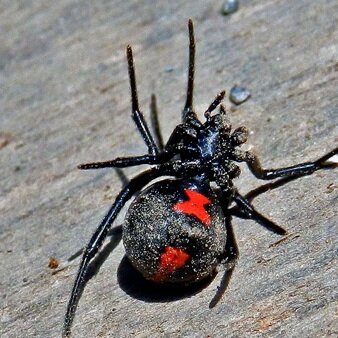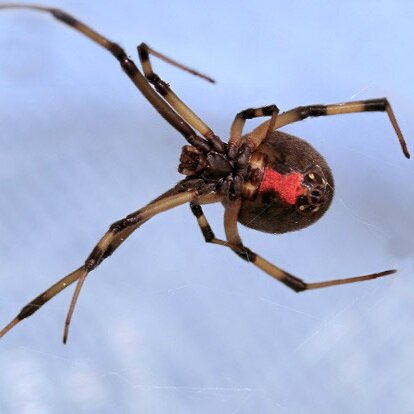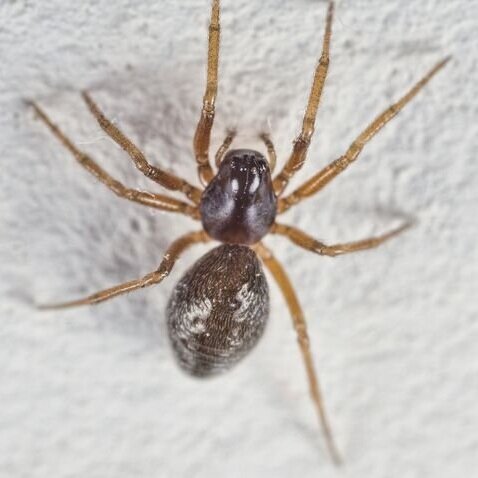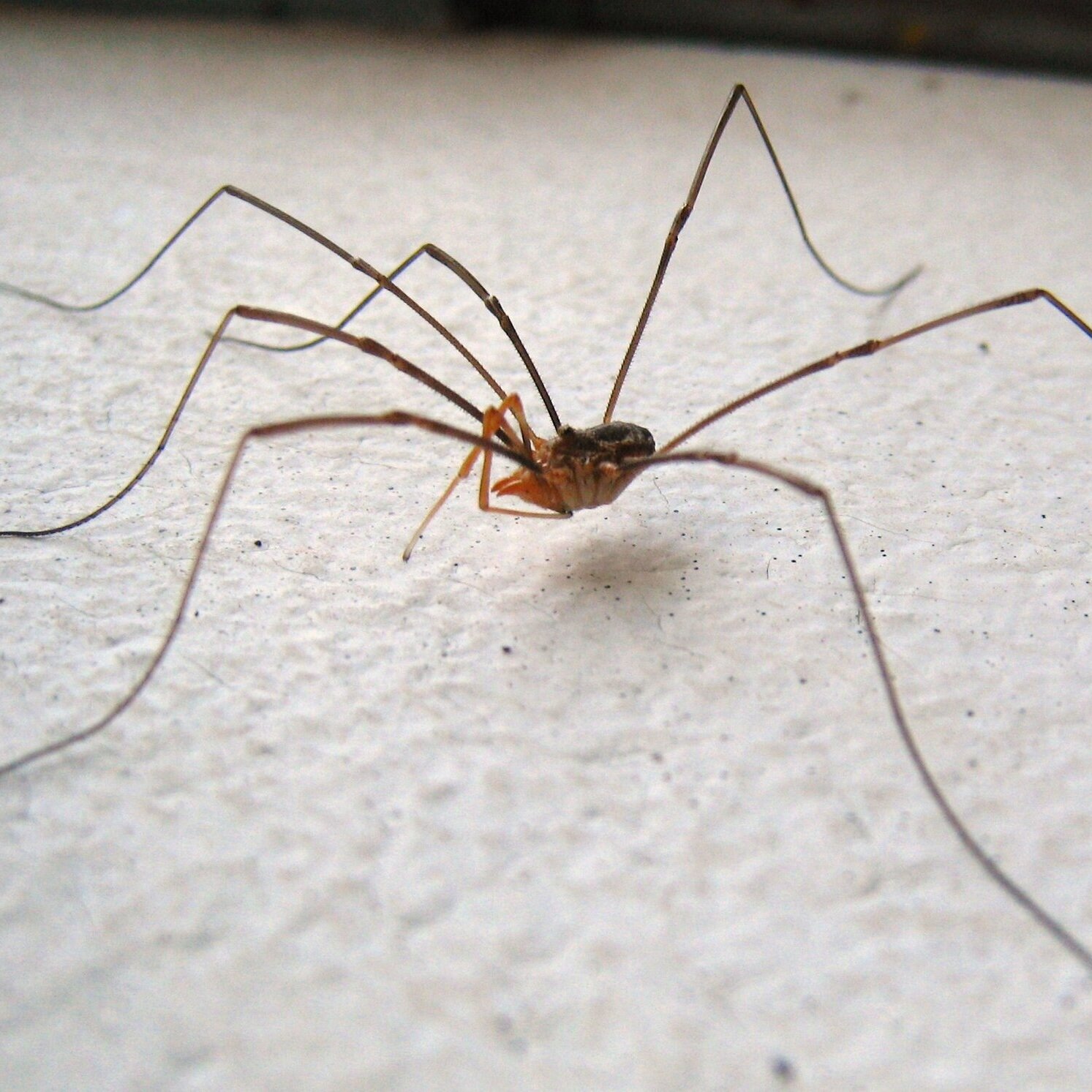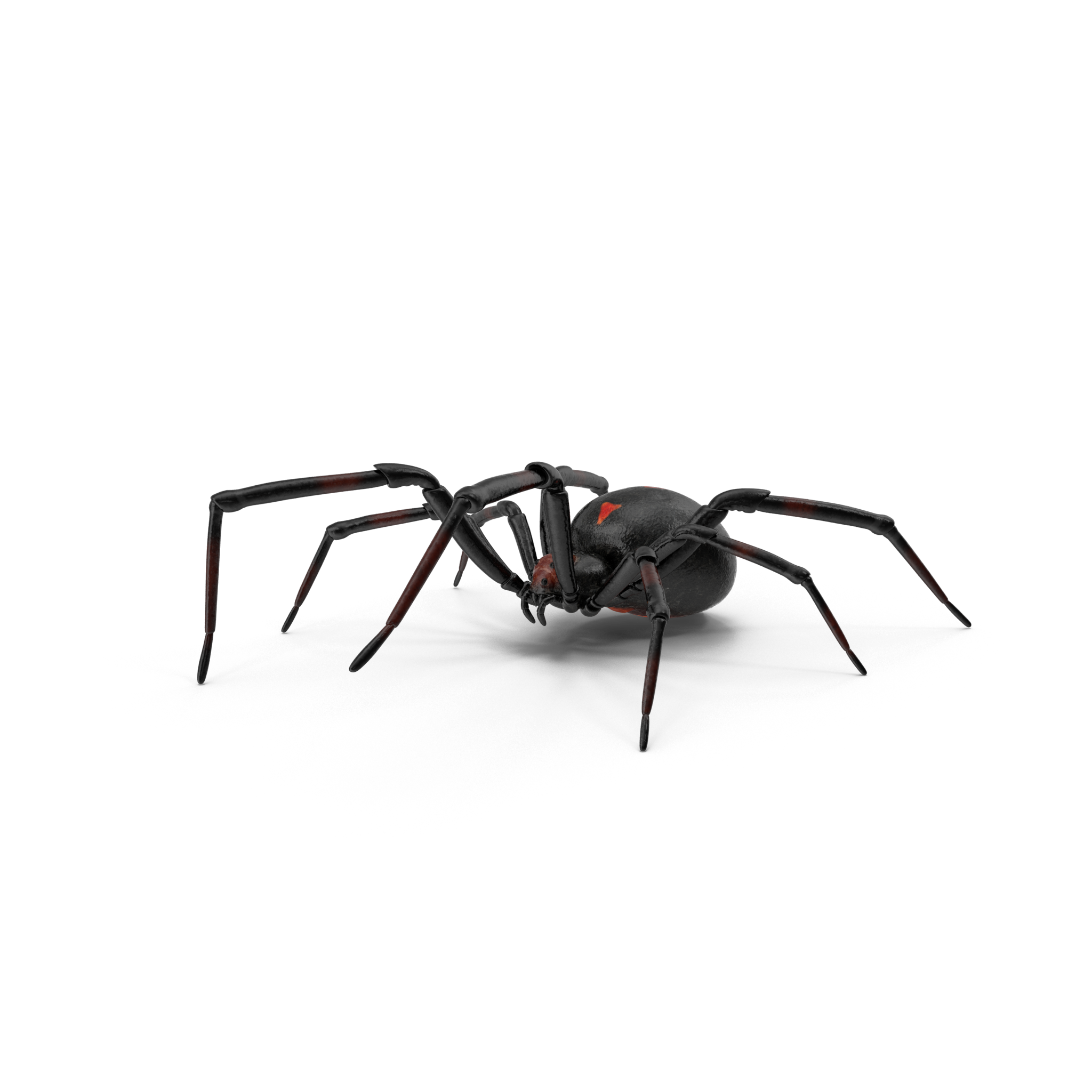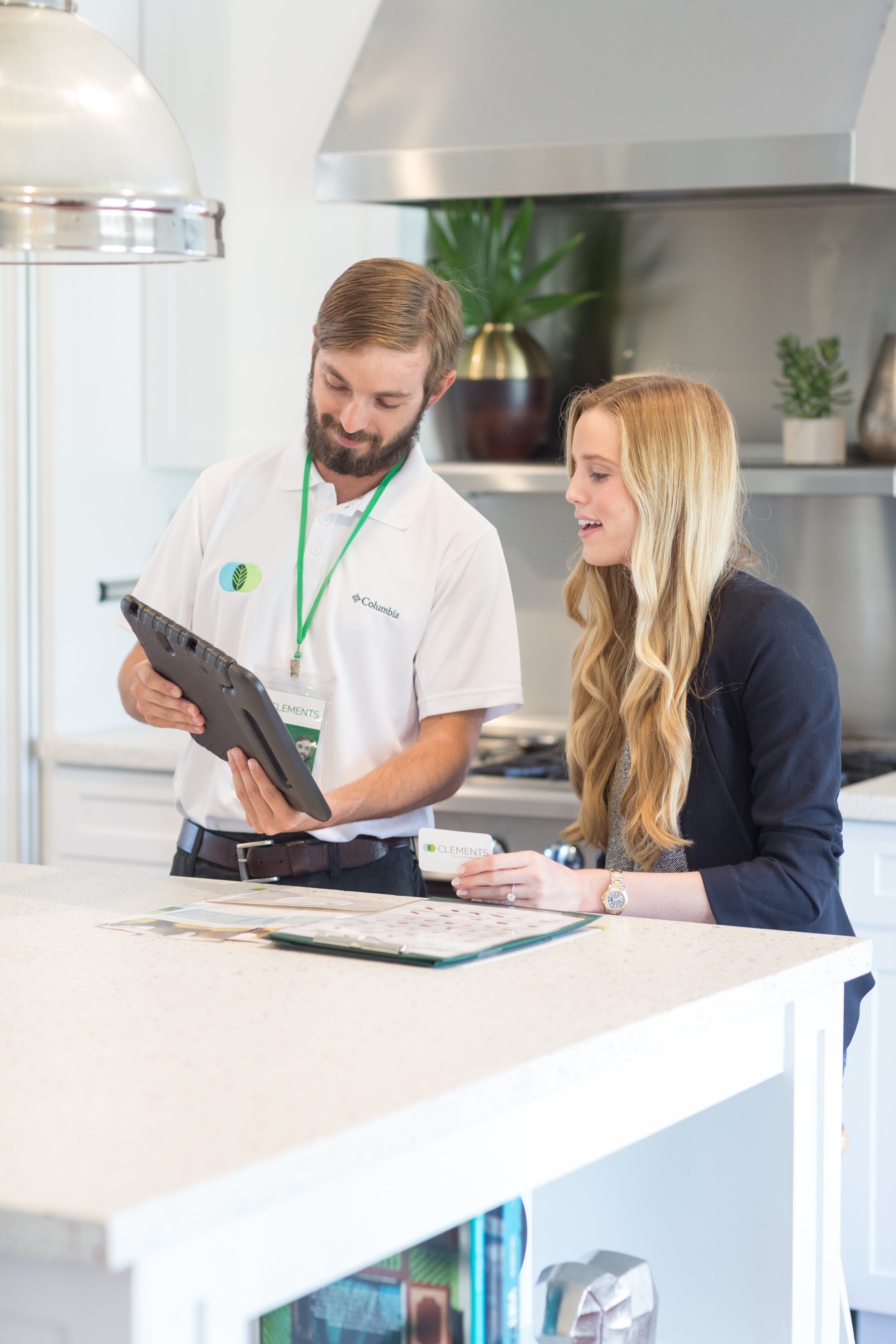Introduction to spiders in Florida
There are over 35,000 described species of spiders worldwide, with roughly 3,000 inhabiting in North America. Many species of spiders are household pests. Wherever their food is available, spiders are likely to be found. All spiders are predators, feeding mainly on insects and other small arthropods. In the United States only two spider groups are considered dangerous to humans, the widow spiders and the recluse spiders. Both of these groups are composed of several species.
Black Widow Spider
Brown Widow Spider
Common House Spider
Daddy Long Leg Spider
Biology
Female spiders usually do not eat their mate after copulation. In a week or more after mating, the female deposits as few as 20-30 to several hundred eggs in a silken sac. Depending on the species, one or more sacs may be made. Species which tend their egg sacs or young usually produce fewer eggs. It may be weeks later, or not until the following spring, before the spiderlings hatch and/or emerge from the sac.
The early instars and sometimes the males of many species will climb to a high point within suitable air currents, spin silk threads into the air and float out on the breeze like kites. This is called ballooning and provides for general dispersal of the species.
Spiderlings go through 4 to 12 molts before maturity. Most spiders live for 1 or 2 seasons, but a few live from 5-20 years. Spiders are predators, paralyzing or killing their prey with venom. They typically feed by injecting a pre-digestive fluid into the body of their prey and then suck in the digested liquid food. Spiders can survive without food for several weeks to a few months.
Most spiders are nocturnal or active at night and will scurry away when disturbed unless they are tending egg sacs or young. During the day, they usually remain hidden and inactive in cracks and crevices, their webs, etc. Spider bites usually result only with great provocation such as squeezing or handling. Bites usually occur when the males are wandering about searching for females or when people clean out neglected places such as basements, attics, or garages, or put on seldom-used clothing. Many spiders cannot penetrate human skin with their fangs and the bite of those that can, usually results in no more than a slight swelling and inflammation. The primary exceptions are the black widow and brown recluse spiders. The black widow spiders possess a neurotoxin whereas, brown recluse spiders possess a cytotoxin which may produce an ulcerating sore or lesion; an antivenom is available for the black widow's venom. Always consult a physician if a spider bite is suspected.
Clements approach to control
Inspection: A thorough inspection of the structure is essential to identify the species, web build-up and severity of the population.
Identification: Accurate identification is important for both pest management and medical reasons.
Prevention: This consists of making sure that the structure is in good physical condition, and properly screened and sealed to reduce entry. We’ll also provide you with recommendations such as changing the bulbs near the entrances to yellow bulbs, reducing attractiveness caused by the many insects that come to white-lights.
Sanitation: Such practices consists of keeping the premises free of debris such as boxes, papers, clothing, lumber piles, etc. We recommend a thorough house cleaning be done twice each year. Outside, remove debris, firewood and lumber piles, landscape timbers, stones, etc. Keep the grass mowed to 3" (7.5 cm) or less and trim back any vegetation in contact with the structure.
Mechanical Measures: The key to control is the timely mechanical removal of spiders and webs with an extendable spider brush, ensuring that adult spiders, as well as egg sacs are properly removed and disposed.
Pesticide Application: Perimeter treatments with liquid insecticide are helpful to limiting spider populations. We treat the exterior of your home with a liquid based product in and around spider ridden areas.
Schedule a free inspection
When you meet with our team, we’ll greet you with a smile, address your needs and answers any questions. No pushy sales person or high pressure tactics. For many treatments, we can even start them at the time of your consultation.


